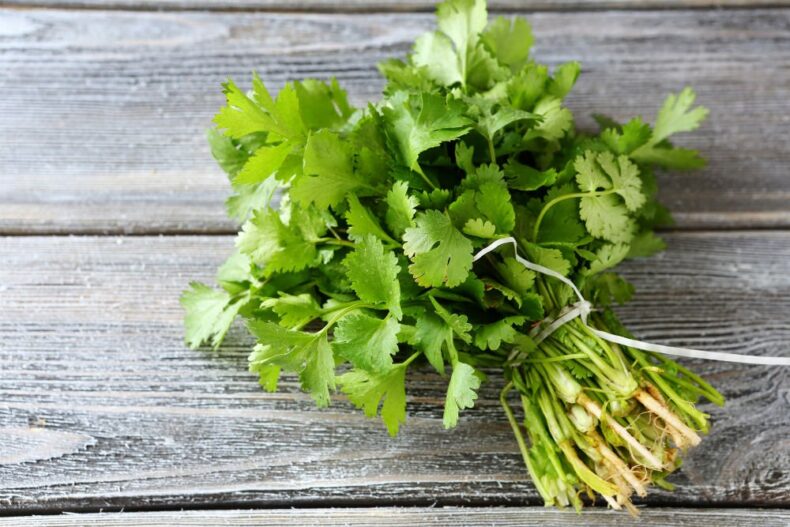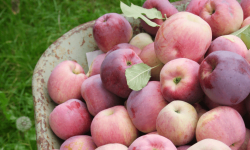Donating 10,000 meals in Pulses! For #WorldPulsesDay Spud is donating 10,000 meals worth with pulses…
Do you cringe at the thought of a cilantro-ridden dish? You’re not alone. In fact, there is actually a fair portion of the population who hates this herb with a passion, and it turns out, with good reason. Cilantro, arguably one of the most divisive foods on the planets, tastes very differently to varying percentage of the population—based on specific ethnic groups—due to genetics according to a genetic survey taken by 30 000 people.
Cilantro’s Great Divide
For the cilantro lovers, the herb is found to be aromatic and refreshing with hints of lemon; for those who find the taste of cilantro offensive, however, characterize it as soapy, soil-like, or even rotten. In the genetic survey, the ethnic groups who expressed distaste for the herb included 21% of East Asians, 17% of Caucasians, and 14% of people of African descent, but where the herb is popular, only 7% of South Asians, 4% of Hispanics, and 3% of Middle Eastern expressed dislike for it.
The investigations started at a Twin Day Festival in Twinsburg, Ohio, where scientists had identical and fraternal twins do a taste test. While less than half of fraternal twins described the taste the same way, almost all of the identical twins had the same opinion on this divisive herb.
Genetics is to Blame
This spawned further research where researchers discovered that many individuals who described cilantro as soapy shared one particular smell-sensing gene: OR6A. This culprit gene, lying within a cluster of other olfactory-receptor genes, produces a receptor that considerably enhances the sensitivity to the aldehyde chemical that is found in this herb. Coincidentally, the same chemical is also commonly found in soaps and lotions.
So there you have it, the mystery behind the extreme love-it-or-hate-it stances on cilantro. While behaviour and exposure at a young age most likely also plays a part, you can now justifiably blame your parents for your cilantrophobia. But if you’re a cilantro lover like me, we’re lucky to taste its fresh and citrus notes, and benefit from its rich content of vitamin A, vitamin C, and vitamin K, along with its other minerals.
Let us know if you’re a cilantro fanatic, a cilantrophobe, or perhaps the mythical and elusive in-between. Not sure? Buy a fresh bunch of this leafy herb and find out! Cilantro is fantastic in a wide variety of dishes. Try incorporating into your soup, taco slaw, or make pesto with it! If it turns out that it’s really not for you, parsley might be a safer choice.
Cilantro Pesto
For a delicious cilantro pesto, try this recipe (makes about two cups).
What you need:
1 bunch cilantro
4 cloves fresh garlic
11 ounces pine nuts
1/4 cup olive oil
1/4 grated romano or parmesan
1 squeezed lime juice
salt and pepper
How to Prepare:
1. Use a food processor to chop up the herb, then add garlic and pine nuts before blending further.
2. Add half the amount of olive oil to blend into a paste-like consistency.
3. Add the remaining olive oil and preferred cheese and blend further.
4. Season with the lime juice, salt, and pepper.
Spread it on a nice warm toast, pair it with steam mussels, or with baked brie cheese. Yum!




